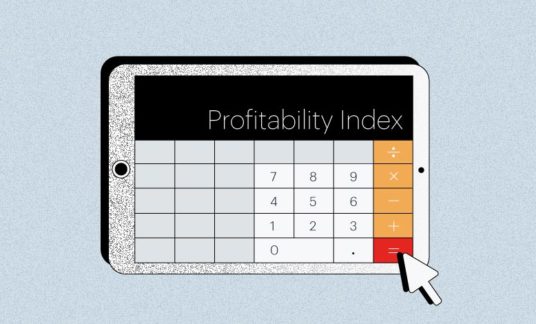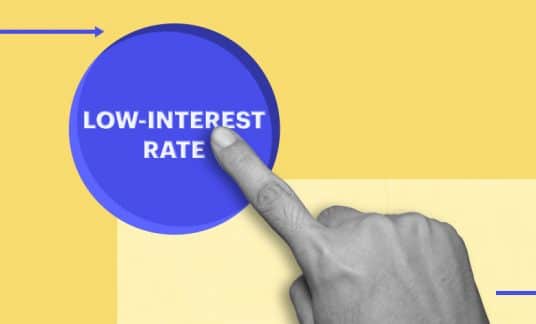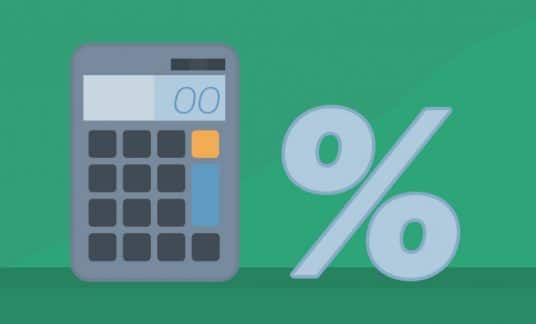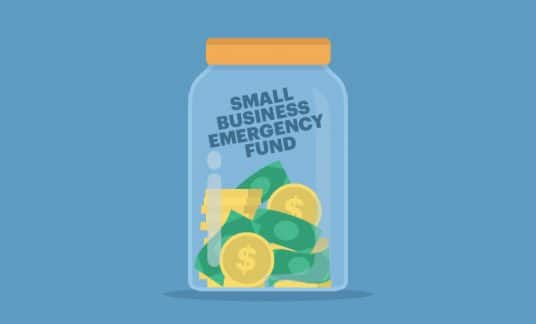As consumers and businesses have become more comfortable with banking and investing online, it’s creating a new business model: marketplace lending where online platforms connect borrowers with investors and bypass traditional loans from banks and other financial institutions.
There’s been rapid growth in this sector of the lending marketplace. The marketplace lending market itself was valued at $68 billion in 2019, according to BizWit Research & Consulting LLP. It is projected to grow at a rate of more than 30% between 2020 and 2027.
We’ll explain what marketplace lending is, how marketplace lending is different from conventional lending, how marketplace lenders make money and the pros and cons of the online lending market.
What Is Marketplace Lending?
Marketplace lending is a way for businesses or consumers to borrow money directly from investors rather than going to banks or other conventional lenders. Most transactions happen through online platforms that connect borrowers with lenders.
It can be a win for all parties involved in the transaction. Borrowers may be able to fund loans quickly even with bad credit, lenders get returns that aren’t tied to the stock or bond markets and the online platforms get fees for originating and processing the loans.
You may hear marketplace lending referred to as peer-to-peer (P2P) lending though there technically is a difference. In pure P2P lending, individuals can invest and lend to borrowers where the marketplace lending platforms also allow institutions to loan out money.
Yes, lenders carry the risk of a borrower defaulting on a loan. But they often see higher returns, offsetting the risk.
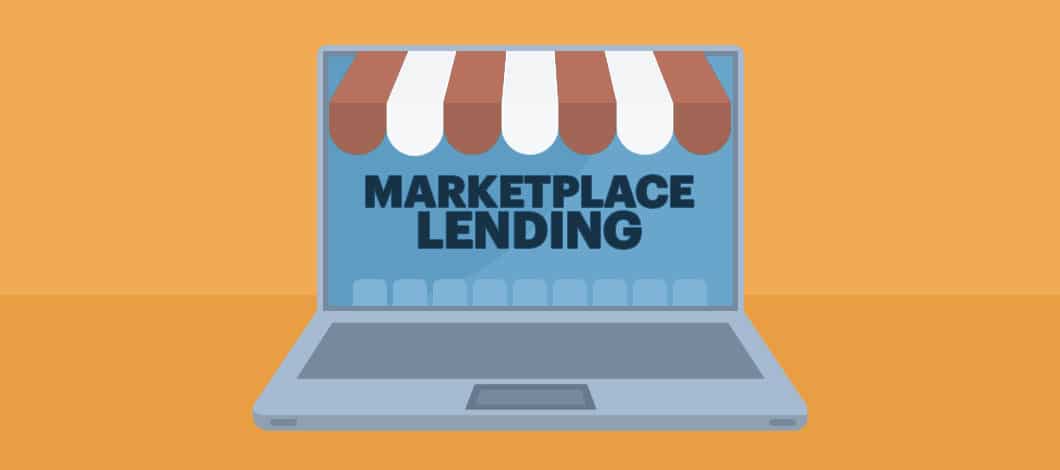
How Is Marketplace Lending Different From Conventional Lending?
Marketplace lending is different from conventional lending in the way they operate. In conventional lending, banks take in deposits and use them to lend to businesses or consumers. By comparison, online marketplace lending platforms don’t take in deposits or make any loans themselves.
Because investors fund the loans, even the largest marketplace lenders don’t carry any of the risks on their balance sheets, Deloitte notes in a report. Instead, they generate revenue from fees or commissions for matching borrowers and lenders.
In the conventional lending marketplace, lenders fund the loan themselves and set rates and repayment terms based on a borrower’s credit risk. The funds are drawn from deposits or money the lender borrows at lower rates. In the online lending market, investors set acceptable risk and return levels at their comfort level.
Most online lending market platforms will split the investments into smaller tranches, which they lend to several borrowers to spread any default risk across several loans.
Here are some of the key differences between traditional lenders and marketplace lenders in the online lending market:
Banks and Financial Institutions
- Take in deposits, pay interest and lend money to consumers and businesses
- Generate income by taking risk on their balance sheets and managing the difference between interest rates paid to savers and charged to borrowers
- Required to hold capital to manage risk and absorb potential losses because of default
- Depositors typically have little control or visibility into how their money is used
- As most deposits have shorter terms than loans, it requires banks to engage in maturity transformation to create a liquidity buffer
Marketplace Lenders
- Play matchmaker between borrowers and lenders/investors using online platforms
- Don’t take in deposits, earn interest, or lend money themselves
- Don’t hold capital to offset potential losses
- Earn money from fees and commissions
- Offer transparency and allow lenders to control funds
- Don’t require a maturity transformation
In the U.S., most institutions, including private-equity firms, hedge fund managers and some banks, provide the largest amount of lending through the online loan marketplace. Formal partnerships between marketplace lenders and traditional banks also occur where banks will refer customers to marketplace lenders for small loans.
Pros and Cons of Marketplace Lending
Like a conventional loan, your rates and terms will vary depending on your creditworthiness. Borrowers with the best credit scores will get the best rates. Businesses with strong credit scores may receive rates lower than banks. Businesses with a weak credit history can see significantly higher fees.
The range in rates can be significant. For example, Peerform, a provider of P2P loans, offers fixed rates as of August 2021 from 5.99% to 29.99% APR.
Here are some of the other advantages and disadvantages you should be aware of with marketplace lending:
Pros – Borrowers
- May offer lower interest rates because of competition and lower origination fees
- Borrowers may be able to secure financing with lower credit ratings
- Application and approval happen quickly
- Funding can happen quickly
- Fixed interest rates and monthly payments
- No impact on credit score for checking interest rates
Pros – Lenders/Investors
- Higher rates of return compared to savings or bonds are possible
- Can choose the risk level
- Risk can be spread among multiple loans
- Some P2P lenders have contingency funds if borrowers default
Cons – Borrowers
- If you have poor credit, rates can be high
- Typically have to agree to automatic monthly payments, which may be difficult for some borrowers
- There may be fees on top of interest rates
Cons – Lenders/Investors
- Higher default rates than conventional loans
- No insurance or government protection in case of default
- If borrowers repay the loan early, returns may be lower than anticipated
- If you want to get your money back more quickly, may have to find another lender to take on the loan
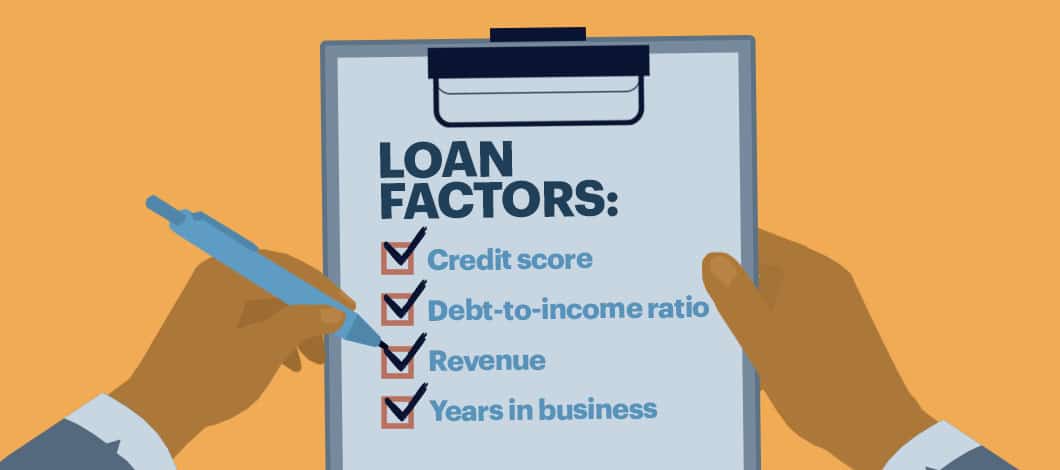
How to Get a Business Loan from a Marketplace Lender
Applying for a business loan from a loan marketplace is typically much easier than through a conventional lender. Once a loan application is submitted online, it is assessed, graded and assigned an interest rate based on credit risk, including:
- Business credit score
- Debt-to-income ratio
- Revenue
- Years in business
This typically happens with an algorithm and scoring tool that can give quick results.
After the credit grade is determined, the platform will list the loan request and begin accepting investors or funders. Once investors have pledged to fulfill the loan, the loan is funded directly. In some cases, multiple loans will be bundled to help mitigate risk or be funded by a conventional bank to handle the loan transaction.
Unlike a typical loan where borrowers pay directly to the lender, borrowers will make monthly payments to the loan marketplace platform, which then passes the payments and interest on to the lender minus service fees. Until the loan is repaid in full, the investor receives a security note.
How Do Online Lending Market Providers Make Money?
There are several ways:
- Loan origination fees: They charge a loan origination fee which can vary depending on the risk assessment. For example, Lending Club charges between 3% and 6% of the loan amount to originate the loan. Peerform charges between 1% and 5% as an origination fee.
- Monthly servicing fees: Marketplace lenders typically charge a monthly fee in exchange for collecting the loan payments and interest and distributing it to the investors. Funding Circle charges a 1% servicing fee which is applied monthly on the unpaid principal balance of any outstanding loans.
Some online marketplace lending providers do not charge origination fees, such as Kabbage, but instead, charge only monthly fees. Others, such as Avant, charge an administration fee upfront. Yet others, such as Funding Circle, charge only an origination fee between 3.49% and 6.99%, but don’t charge monthly service fees.
There also are nonprofit providers in the loan marketplace. Kiva is a 501(c)(3) nonprofit based in California. The organization doesn’t charge an origination fee or monthly processing fees. Kiva says two-thirds of its operating costs are covered by grants and donations from foundations and supporters. Any remaining fees are paid from some of its partner lenders.
Marketplace lenders also collect fees for:
- Late payments
- Automated Clearing House (ACH) return
- Bounced checks
Some also charge fees for paper copies of documents.
The Largest Marketplace Lenders
In the U.S., Prosper Marketplace and Lending Club were the first two prominent companies to launch P2P lending in 2006.
Some of the largest marketplace lenders include:
- Avant Inc.
- Funding Circle Ltd.
- Kabbage Inc.
- Lending Club Corp.
- LendingTree LLC
- On Deck Capital Inc.
- Peerform
- Prosper Marketplace Inc.
- RateSetter
- Upstart
- Social Finance Inc. (SoFi)
- Zopa Ltd.
Note that not all marketplace lenders offer business loans.



